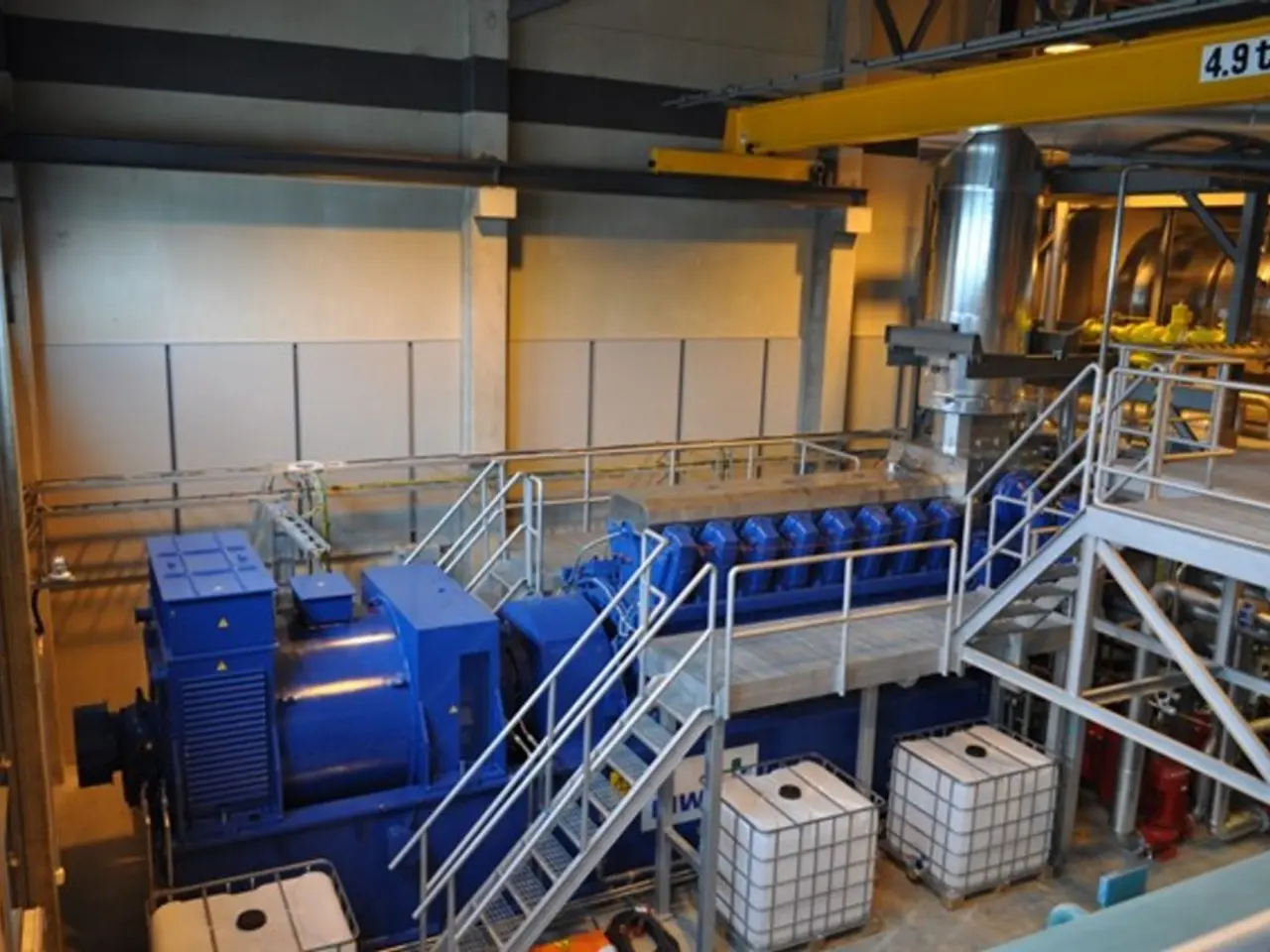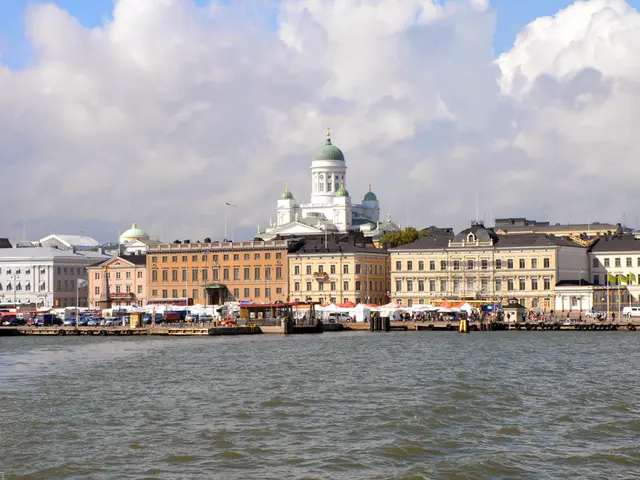Rising tariffs linked to the use of people, pipes, and fuel oil as key factors
Headline: Utility Tariff Increases in Omsk: Challenges and Factors for Communal Enterprises
In the heart of Siberia, the city of Omsk is grappling with rising utility tariffs, a trend that is placing significant financial and operational strain on communal enterprises responsible for service delivery.
According to Dmitry Russian, the head of the Regional Energy Commission, fuel is a critical factor for some communal enterprises, and the largest tariff component for most organizations is related to fuel, accounting for 50 to 80%.
The factors contributing to these utility tariff increases can be attributed to various economic pressures and regional dynamics. Inflationary pressures, partly due to high benchmark interest rates, have been a significant factor, straining businesses and contributing to cost pressures on utilities.
Moreover, the Omsk region is undergoing a major investment cycle, with large projects funded by both regional and federal sources. These projects, such as the relocation of the airport outside city limits, may require increased tariffs to finance upgrades and maintenance of utility infrastructure.
Another influential factor is the economic distress in business sectors, with widespread financial difficulties and delayed payments across Russian businesses increasing operational risks and costs for communal enterprises.
Major corporate activity involving Gazprom Neft and others suggests that energy and fuel costs may be indirectly influencing utility prices via increased operational costs. Unregulated fuel price increases at the regional level for mazut, electricity, and the gas component have also been identified as a contributing factor.
The increase in utility tariffs has resulted in increased financial strain for both communal enterprises and their customers. Communal enterprises may face cash flow issues due to delayed payments from businesses and consumers, complicating maintenance and upgrading of infrastructure during the region’s investment expansion.
However, residents are protected from uncontrolled tariff increases by a mechanism of a maximum index. Despite this, the governor of the region initially proposed to increase the growth limit for tariffs from 16% to almost 40%, a decision that was later revised to a growth limit almost four times the previous limit.
The press conference held in Omsk on August 6 aimed to discuss these rising tariffs and the challenges they pose for the region. Dmitry Russian, head of the Regional Energy Commission, outlined the main factors driving the increase in utility tariffs, including the state of infrastructure, wages, and fuel.
In response, communal enterprises are facing pressure to improve efficiency or modernize services to justify the higher costs, aligning with regional economic development objectives. This pressure for efficiency may help mitigate the financial and operational challenges posed by the utility tariff increases.
What factors are contributing to the utility tariff increases in Omsk's industry, affecting communal enterprises in finance and energy sectors? The major factors include inflationary pressures due to high benchmark interest rates, regional investment projects, economic distress in business sectors, indirect influence from energy and fuel costs, and unregulated fuel price increases.
What impact might utility tariff increases have on communal enterprises and their customers in terms of business operations and finance? Increased tariffs may lead to cash flow issues due to delayed payments from businesses and consumers, complicating infrastructure maintenance and upgrading during the region’s investment expansion, and causing financial strain for both the enterprises and their customers.




